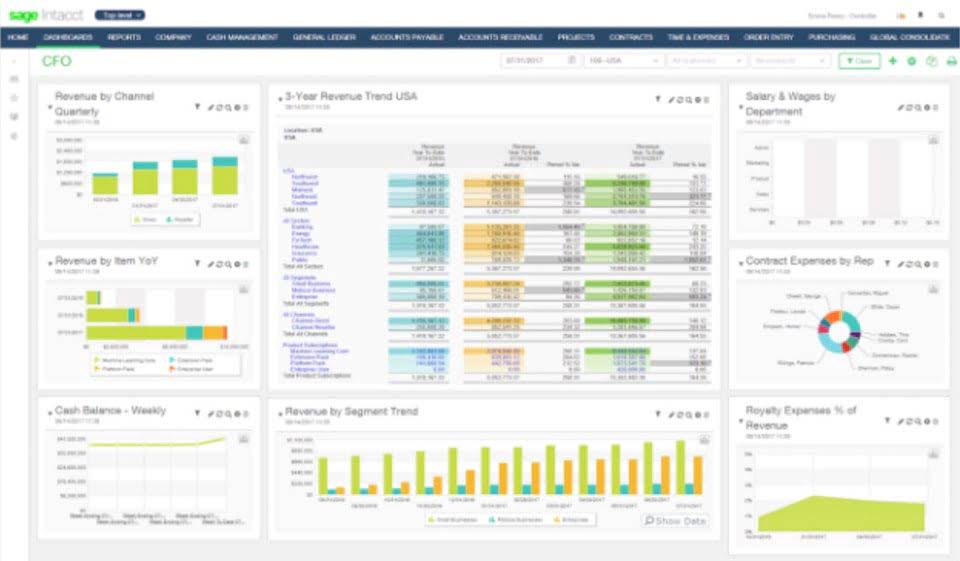What Is the Accounting Equation? Examples & Balance Sheet
Regardless of how the accounting equation is represented, it is important to remember that the equation must always balance. This number is the sum of total earnings that were not paid to shareholders as dividends. It can be defined as the total number of dollars that a company would have left if it liquidated all of its assets and paid off all of its liabilities.
The major and often largest value assets of most companies are that company’s machinery, buildings, and property. These are fixed assets that are usually held for many years. Assets include cash and cash equivalents or liquid assets, which may include Treasury bills and certificates of deposit (CDs).
Examples of assets include cash, accounts receivable, inventory, prepaid insurance, investments, land, buildings, equipment, and goodwill. From the accounting equation, we see that the amount of assets must equal the combined amount of liabilities plus owner’s (or stockholders’) equity. Accounting equation describes that the total value of assets of a business entity is always equal to its liabilities plus owner’s equity.
Balance Sheet and Income Statement
Owners can increase their ownership share by contributing money to the company or decrease equity by withdrawing company funds. Likewise, revenues increase equity while expenses decrease equity. When a company purchases goods or services from other companies on credit, a payable is recorded to show that the company promises to pay the other companies for their assets. A liability, in its simplest terms, is an amount of money owed to another person or organization.
- For every transaction, both sides of this equation must have an equal net effect.
- This is consistent with financial reporting where current assets and liabilities are always reported before long-term assets and liabilities.
- Owners can increase their ownership share by contributing money to the company or decrease equity by withdrawing company funds.
- $10,000 of cash (asset) will be received from the bank but the business must also record an equal amount representing the fact that the loan (liability) will eventually need to be repaid.
Shareholders’ Equity
Receivables arise when a company provides a service or sells a product to someone on credit. These are some simple examples, but even the most complicated transactions can be recorded in a similar way. This equation is behind debits, credits, and journal entries. Some common examples of tangibles include property, plant and equipment (PP&E), and supplies found in the office. Non-current assets or liabilities are those that cannot be converted easily into cash, typically within a year, that is. Shareholders, or owners of stock, benefit from limited liability because they are not personally liable for any debts or obligations the corporate entity may have as a business.
This statement reflects profits and losses that are themselves determined by the calculations that make up the basic accounting equation. In other words, this equation allows businesses to determine revenue as well as prepare a statement of retained earnings. This then allows them to predict future profit trends and adjust business practices accordingly. Thus, the accounting equation is an essential step in determining company profitability. The accounting equation plays a significant role as the foundation of the double-entry bookkeeping system. It is based on the idea that each transaction has an equal effect.
Double entry bookkeeping system
Often, a company may depreciate capital assets in 5–7 years, meaning that the assets will show on the books as less than their “real” value, or what they would be worth on the secondary market. This transaction affects only the assets of the equation; therefore there is no corresponding effect in liabilities or shareholder’s equity on the right side of the equation. The double-entry practice ensures that the accounting equation always remains balanced, meaning that the left-side value of the equation will always match the right-side value. cfo meaning The accounting equation is a concise expression of the complex, expanded, and multi-item display of a balance sheet.
The inventory (asset) will decrease by $250 and a cost of sale (expense) will be recorded. (Note that, as above, the adjustment to the inventory and cost of sales figures may be made at the year-end through an adjustment to the closing stock but has been illustrated below for completeness). We know that every business holds some properties known as assets.
Example Transaction #9: Receipt of Cash on Account
So, let’s take a look at every element of the accounting equation. To make the Accounting Equation topic even easier to understand, we created a collection of premium materials called AccountingCoach PRO. Our PRO users get lifetime access to our accounting equation visual tutorial, cheat sheet, flashcards, quick test, and more. Equity represents the portion of company assets that shareholders or partners own. In other words, the shareholders or partners own the remainder of assets once all of the liabilities are paid off.
Company
The term capital includes the capital introduced by the business owner plus or minus any profits or losses made by the business. Profits retained in the business will increase capital and losses will decrease capital. The accounting equation will always balance because the dual aspect of accounting for income and expenses will result in equal increases or decreases to assets or liabilities.
The claims to the assets owned by a business entity are primarily divided into two types – the claims of creditors and the claims of owner of the business. In accounting, the claims of creditors are referred to as liabilities and the claims of owner are referred to as owner’s equity. After six months, Speakers, Inc. is growing rapidly and needs to find a new place of business. Ted decides it makes the most financial sense for Speakers, Inc. to buy a building. Since Speakers, Inc. doesn’t have $500,000 in cash to pay for a building, it must take out a loan.
Now that you are familiar with some basic concepts of the accounting equation and balance sheet let’s explore some practice examples you can try for yourself. In other words, the total amount of all assets will always equal the sum of liabilities and shareholders’ equity. We will now consider an example with various transactions within a business to see how each has a dual aspect and to demonstrate the cumulative effect on the accounting how to design products with operations management in mind equation.
Shareholders’ equity is the total value of the company expressed in dollars. Put another way, it is the amount that would remain if the company liquidated all of its assets and paid off all of its debts. The remainder is the shareholders’ equity, which would be returned to them.










